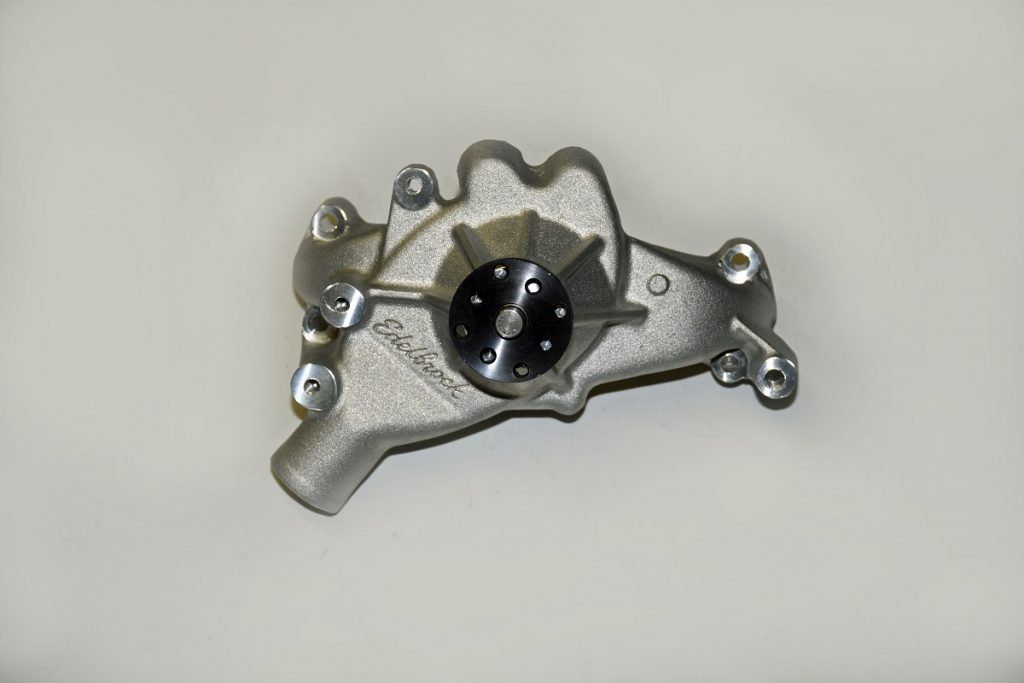
For the average hot rod (street machine, etc.), a mechanical belt-driven water pump is the norm.
But all mechanical water pumps are not created equal, particularly if high performance is the goal.
On the surface, all water pumps look the same. How do manufacturers build a better mousetrap? In the case of Edelbrock (the primary pump we’re featuring here), they determined that the internal pump water passages had to be built with equal volume and a unidirectional shape.
Working within existing mounting-bolt spacing, the outlet holes of the pump were enlarged to increase flow. To reduce flow losses incurred around the bolt bosses in the outlet passages, the internal passages were also reformed with gentle, rounded radii. In short, they ‘ported’ the water pump.
How does this help? Simple. The well-shaped and large cross-sectional passages flow more coolant at a higher velocity, but at a lower rpm.
The impeller is another consideration.
Edelbrock came up with a large cast iron configuration that is totally CNC machined. Unlike stamped steel pieces, the iron impeller is considerably stronger (and more accurate). Compared to some other pumps, the impeller design found in the Edelbrock pump flows as much as 20 percent more coolant at a much higher pressure. At high rpm, this produces less cavitation that in turn, allows for more equal coolant flow throughout the engine.
Furthermore, the short-leg pumps use a flat backing plate at the rear of the pump which reduces the clearance between the plate and the back of the impeller. When the clearances are reduced, there’s less room for the water to be pumped between the plate and the backside of the impeller. This reduces the amount of water shear caused by excessive clearance between the backing plate and impeller.
With this reduction in shear also comes a reduction in frictional horsepower loss within the pump. Since the short leg pumps are most commonly used for racing applications, they use an O-ring backing plate seal for increased durability. Some of the long-leg water pump designs incorporate a more conventional cover along with a standard gasket for sealing.
Durability was also a critical factor in the design of the new series of pumps. For increased reliability and strength, Edelbrock uses 3/4-inch diameter ball/roller bearings on many Edelbrock water pumps. This large bearing diameter means that the shaft can withstand higher torsional loads at high rpm. For maximum strength and reliability on the short-style water pumps, the dual bolt pattern fan-mounting hub is machined from billet steel and is then black oxide coated.
To prevent cam walk (and the fluctuations in engine timing that go with it), certain Victor Series water pumps incorporate an adjustable cam stop. Once the stop is adjusted against the timing cover, cam thrust movement is minimized.
Testing Water Pump Design Performance
Many years ago, Ed Pink Racing Engines put an Edelbrock pump to the test on a 355-inch Chevy NASCAR Winston Cup powerplant. Test criteria included cylinder block water pressure, total pump flow, and side-to-side water pump flow balance. During testing the Edelbrock pump was tested against a heavy-duty OEM aluminum racing pump along with another aftermarket pump.
Using a specially constructed test apparatus, Pink first measured the flow characteristics from both sides of the engine. The system effectively divided the small block cooling system into two separate parts. Using state-of-the-art turbine flow meters, the coolant flow was measured from both the right and left cylinder banks. Pressure transducers were also located in the lines near the flow meters so that side-to-side block and heated coolant flow pressure could be monitored and recorded for each water pump test.
The Victor Series pump achieved almost 3 psi more pressure than the nearest rival.
The total flow from the Edelbrock pump exceeded 11.5 gallons per minute more than the brand X pump.
It also achieved 3.1 gallons per minute more flow than the factory Chevrolet hi-po pump. According to Ed Pink, you don’t have to turn the pump as fast to maintain the same cooling efficiency level, thereby reducing parasitic power losses from the water pump.
…
Water pump flow balance (side-to-side) testing showed that the Victor Series aluminum water pump was within one-tenth of a gallon from each side of the engine compared to one test pump that varied by as much as 2 gpm per side. This reduction in side-to-side cylinder head temperature allows a racer to tune the engine “closer to the edge” for more power (something many tuners might want to pay attention to).
What does all of this mean to someone with a street-driven car? Increased coolant flow, equal pressure, and superior side-to-side balance means the pump doesn’t turn as quickly in order to achieve the same flow (when compared to say, a factory HD pump). The increased coolant pressure inside the block and heads ensures that there is maximum heat transfer—particularly in the critical area surrounding the spark plug bosses. In the end, this reduces the chance of detonation and worse yet, cylinder head cracking.
The bottom line here is, there’s power and reliability in proper cooling. And it costs nothing in terms of lost drivability.
…
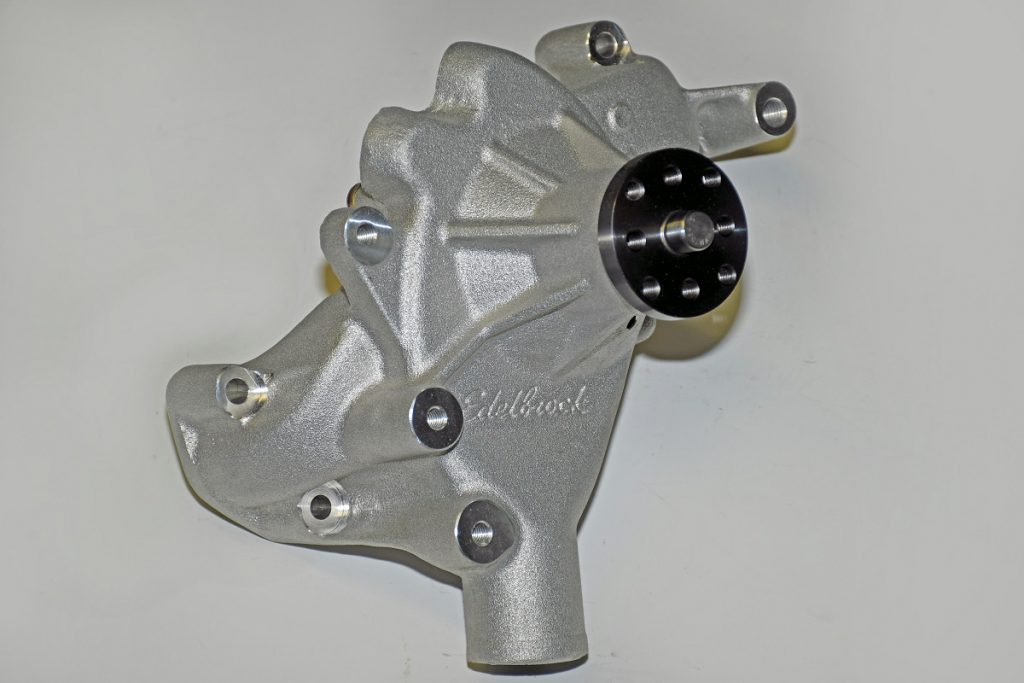
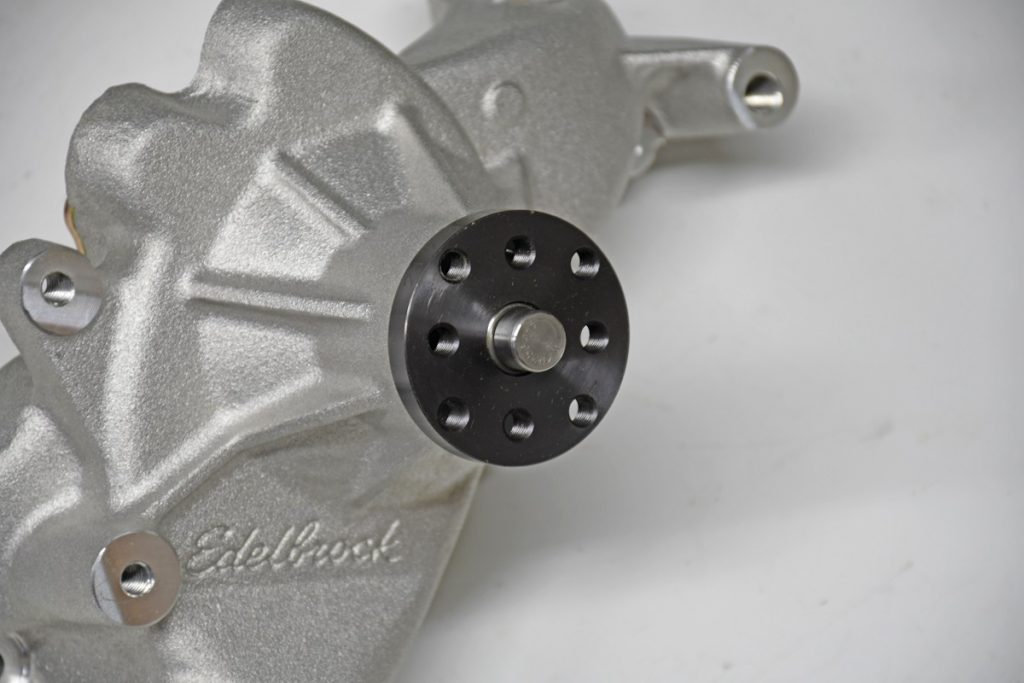
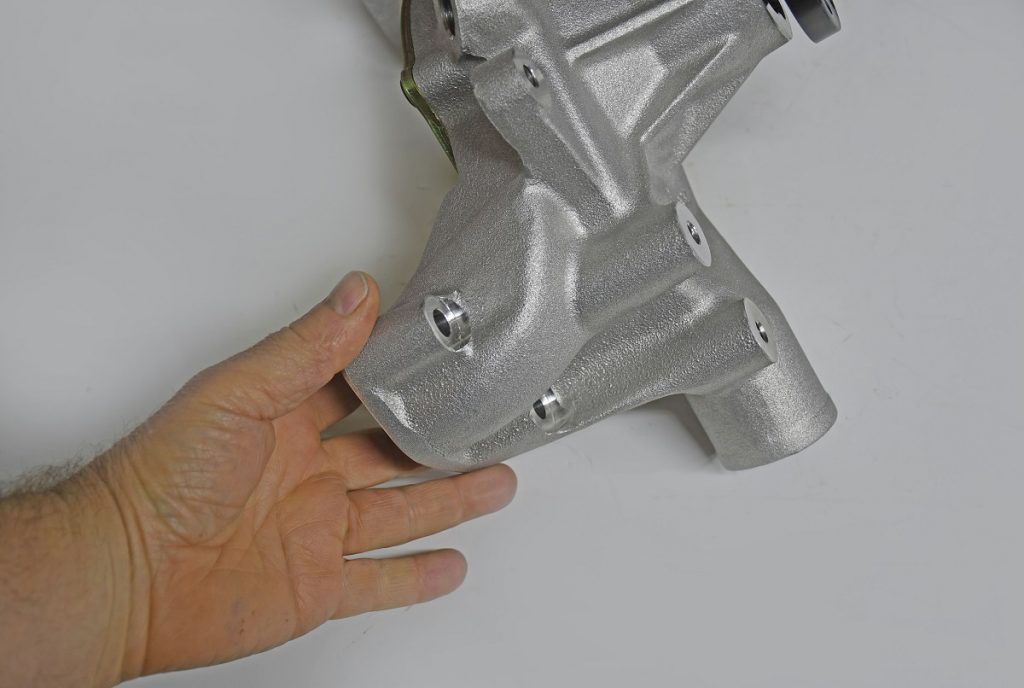
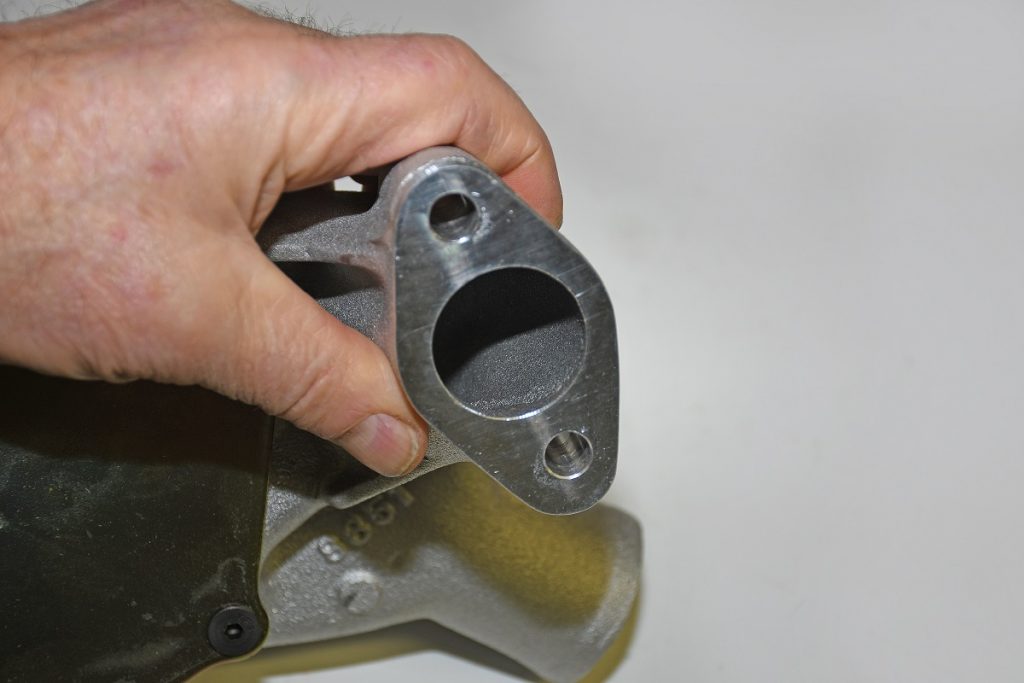
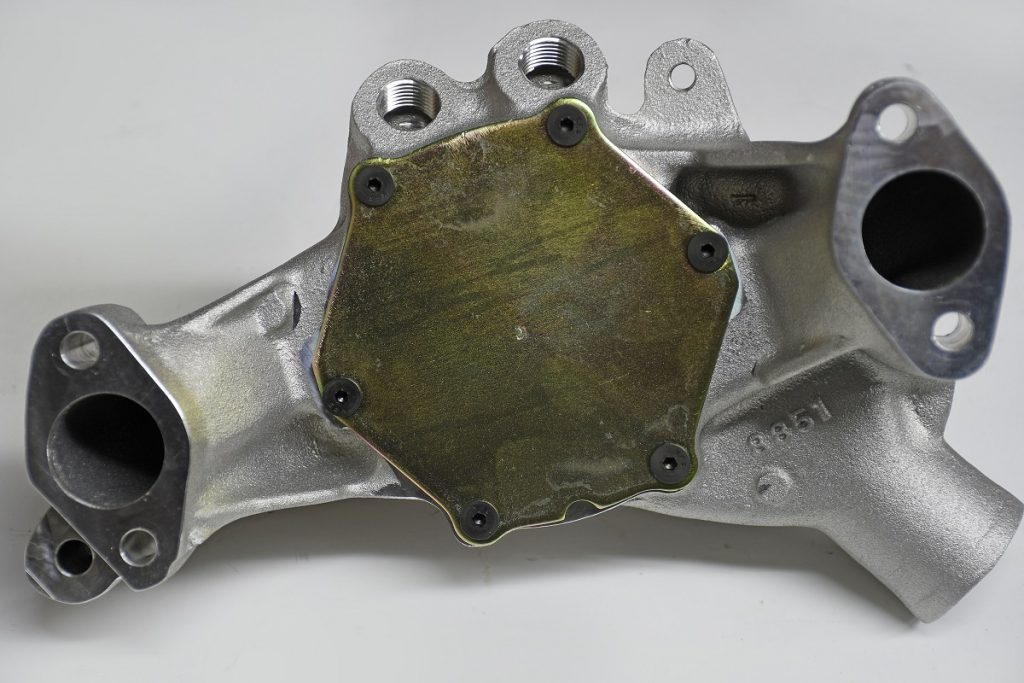
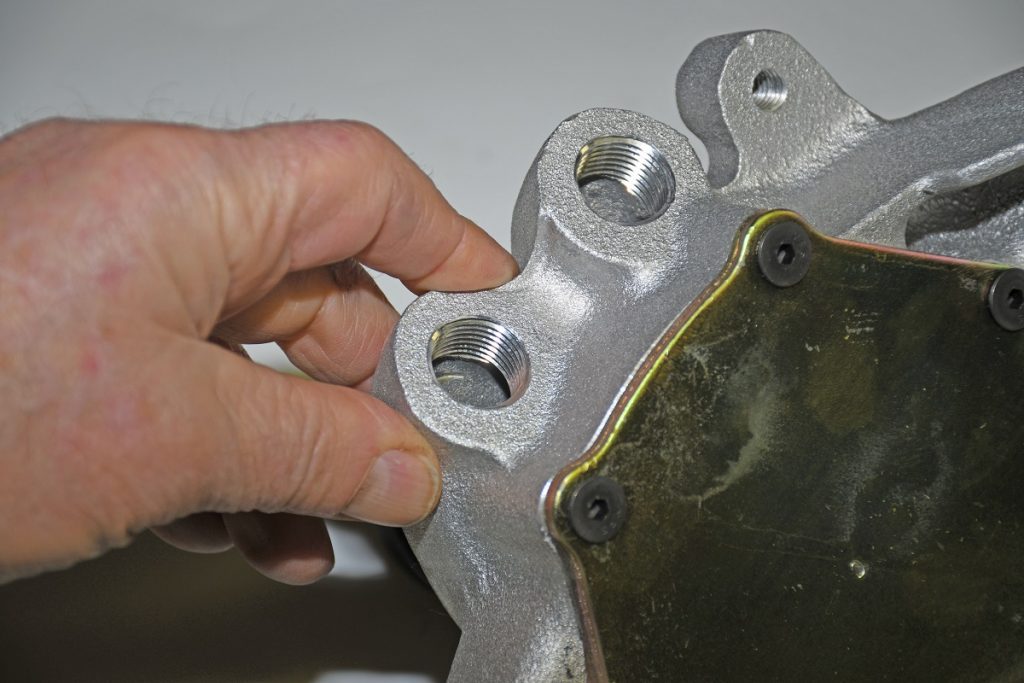
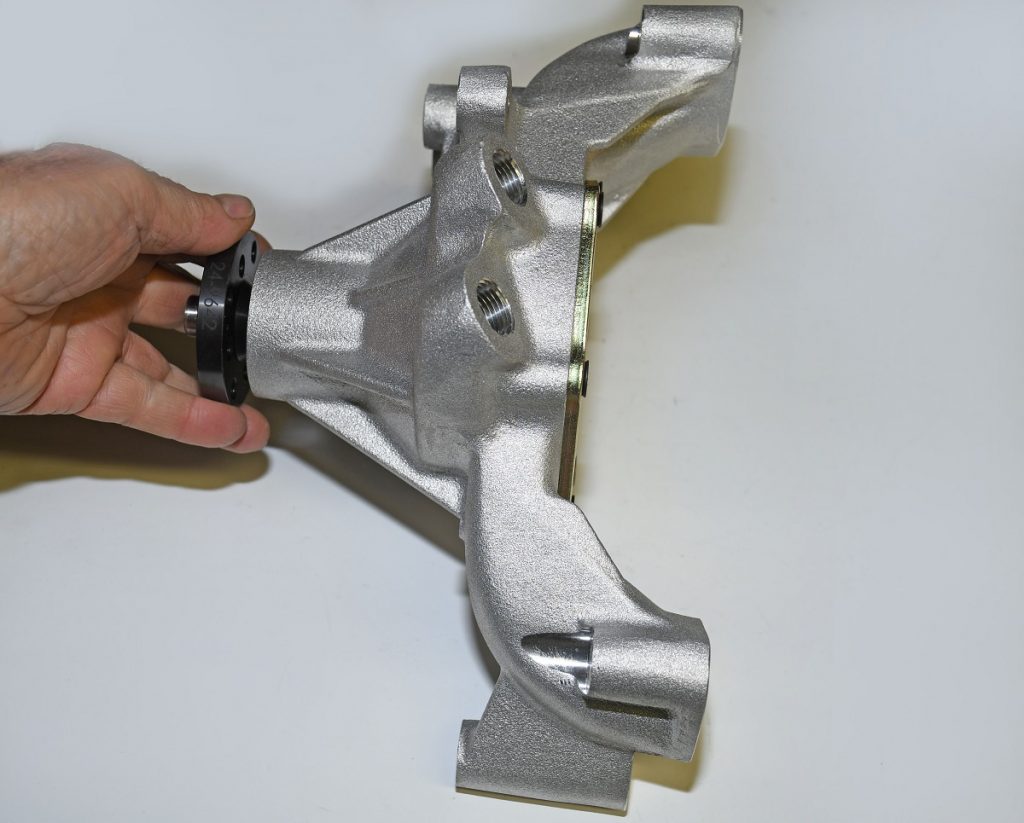
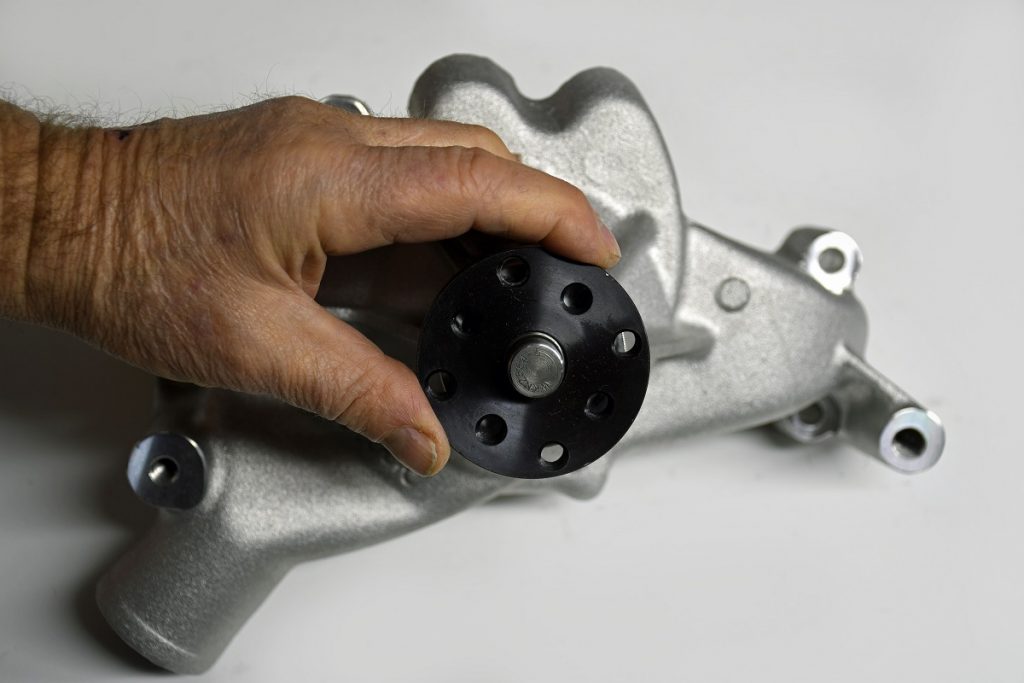

Good reading. Thank you.
How does the edelbrock 8851 pump compare to the weiand 9242 pump? thanks.
It’s amazing that any of you could have a job. Any body doing this feeble article even think about exposing the impeller…. That maybe the genius showing the pictured demonstration, … might explain what makes the inside of a water pump, a performance, or standard water pump. Your not the only knowledge deficient people out there half A…. Explaining stuff. I’m out here looking for a water pump… the one I’m looking for, shows many… different brands for different makes. There might be three different brands, that look the same for a particular engine… so they all look the same, except one is a performance pump, … besides the “ P “ before or after the part #, they never show the flip side of the pump…. does it have a circular wheel… six fins…eight fins, the advertisement out there stinks. Sorry but “ On all cylinders “ if your an eight cylinder motor… your only running on six.
Hey Joseph, thanks for reading. In the article, the author lists a few reasons as to what makes these water pumps flow better than others, as an example:
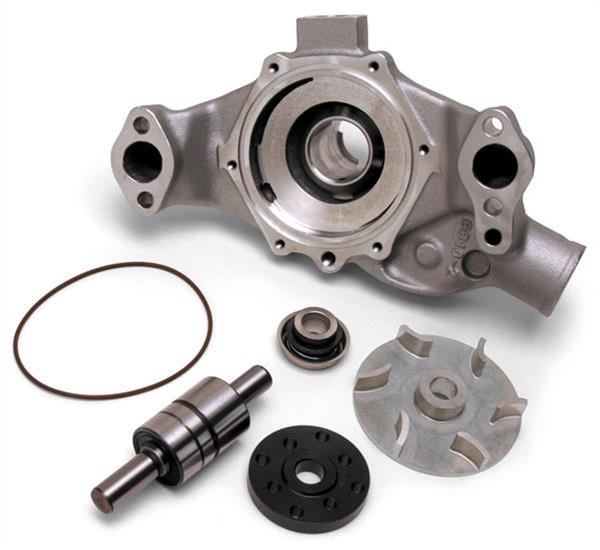
…
“Working within existing mounting bolt spacing, the outlet holes of the pump were enlarged to increase flow. To reduce flow losses incurred around the bolt bosses in the outlet passages, the internal passages were also reformed with gentle, rounded radii. In short, they ‘ported’ the water pump. How does this help? Simple. The well-shaped and large cross-sectional passages flow more coolant at a higher velocity, but at a lower rpm.”
…
And here’s a good pic of the backside of an Edelbrock performance water pump, this one specifically for a small block Chevy, shown with the rear cover plate removed and the internals disassembled so you can inspect the impeller. Hope this helps:
…
how do they assemble the shaft inside the outer race/sleeve. Tried to dissemble one of these and had to cut it apart, just curios how it is done?